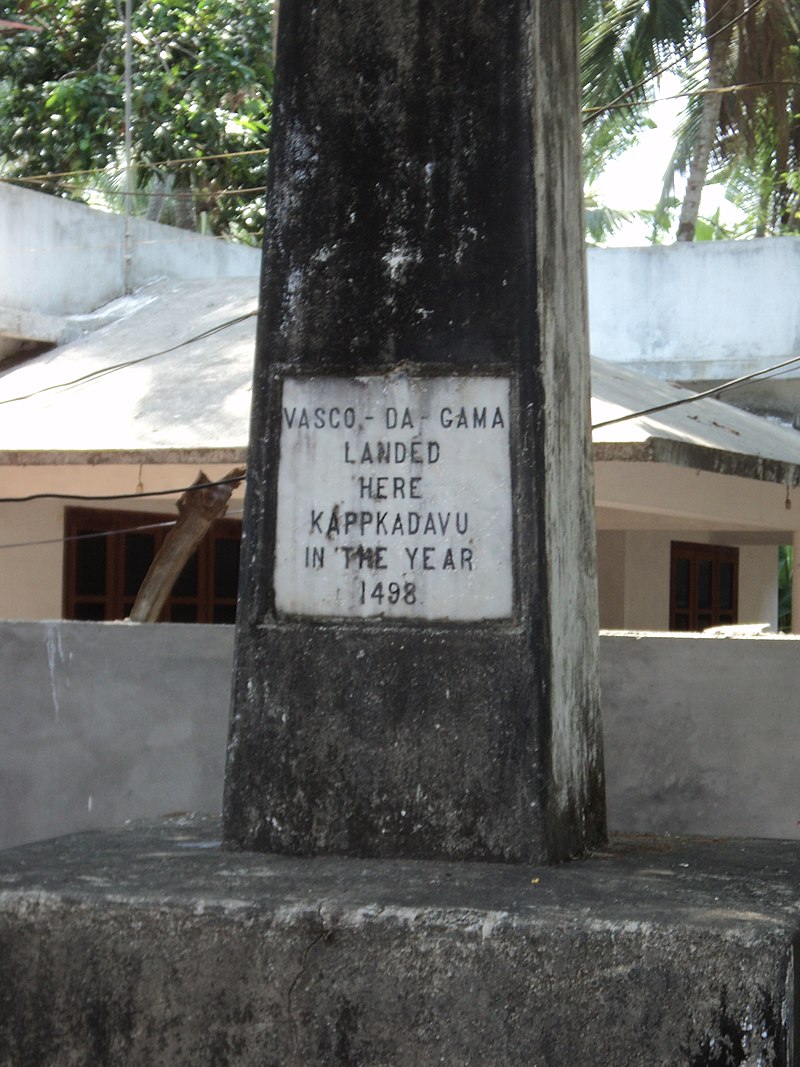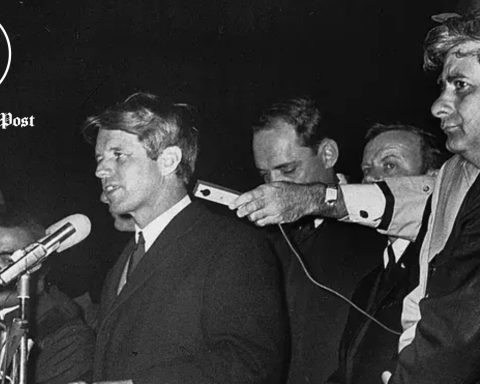Some people stand out in history books as trailblazers who pushed the bounds of human exploration and changed the course of civilization.

Read: Vasco Da Gama Pillar; A Reminder of the Portuguese Influence in Kenya
Vasco Da Gama Pillar; A Reminder of the Portuguese Influence in Kenya
Early Life and Background
Vasco da Gama was born at a home close to the church of Nossa Senhora das Salas in the town of Sines, one of the few seaports on the Alentejo coast, southwest Portugal, in 1460.
Estêvo da Gama, Vasco’s father, had worked as a household knight for Infante Ferdinand, Duke of Viseu, in the 1460s. He progressed through the ranks of the Santiago Order. After serving as Sines’ alcaide-mór (civil governor) from the 1460s until 1478, Estêvo da Gama continued to collect taxes and hold the Order’s commendas in the area.
The First Voyage

The exact number of crew members aboard each ship is unknown, but about 55 of them made it back while two ships sank. The other two were a caravel and a supply boat, while the other two were newly constructed carracks for the journey.
The four ships were:
- São Gabriel, commanded by Vasco da Gama; a carrack of 178 tons, length 27 m, width 8.5 m, draft 2.3 m, sails of 372 m2
- São Rafael, commanded by his brother Paulo da Gama; had similar dimensions to the São Gabriel
- Berrio (nickname, officially called São Miguel), a caravel, slightly smaller than the former two, commanded by Nicolau Coelho
- A storage ship of unknown name, commanded by Gonçalo Nunes, destined to be scuttled in Mossel Bay (São Brás) in South Africa
The Quest for India
Portugal became a major naval power in the late 15th century as a result of its ambition to bypass the powerful Ottoman Empire and create direct trade connections with the prosperous markets of the East, particularly India. Da Gama played a crucial role in this big project. He embarked on his historic journey in 1497, leading a fleet of four ships that included his flagship, the So Gabriel.
“I Am Not Afraid of the Darkness. Real Death Is Preferable to a Life Without Living.” – Vasco Da Gama
(I) Journey to the Cape
On July 8th, 1497, the expedition departed from Lisbon. It traveled around the coast of Africa via Tenerife and the Cape Verde Islands, following a route already established by earlier explorers. In search of the South Atlantic westerlies that Bartolomeu Dias had discovered in 1487, Vasco da Gama headed south into the open ocean after reaching the coast of modern-day Sierra Leone. He crossed the Equator on his way.
This strategy worked, and on November 4th, 1497, the expedition arrived at the African coast. The ships had traveled more than 10,000 kilometers (6,000 mi) of open water in more than three months, by far the longest trip made up to that point without seeing land.
On December 16, the fleet entered waters that were previously uncharted by Europeans after passing the Great Fish River (Eastern Cape, South Africa), where Dias had anchored. As Christmas approached, Vasco da Gama and his crew gave the coast they were traversing the name Natal, which in Portuguese meant “birth of Christ.”
(II) Vasco da Gama in Mozambique
From March 2 to March 29 of 1498, Vasco da Gama was in the area of Mozambique Island. The Indian Ocean trade network included land that was under Arab rule along the coast of East Africa. Da Gama pretended to be a Muslim in order to speak with the Sultan of Mozambique because he was afraid that the locals would be hostile against Christians.
The explorer was unable to provide the ruler with a decent gift with the meager trade products he had to offer. The locals soon developed a mistrust of Vasco da Gama and his soldiers. Da Gama left the harbor after being forced to leave Mozambique by a hostile mob and retaliated by firing his cannons on the city.
(III) Vasco Da Gama in Mombasa
The expedition turned to piracy in the area of current Kenya, plundering Arab trade ships that were mostly unarmed trading ships without powerful guns. During their first documented visit to the port of Mombasa, which took place from April 7 to 13, 1498, the Portuguese encountered hostility and left the area quickly.
(IV) Vasco Da Gama in Malindi

The pilot’s identity has been disputed by several sources, who have referred to him as a Gujarati Hindu, Muslim, or Christian. The renowned Arab navigator Ibn Majid is identified as the pilot in one traditional tale, however, this is not supported by other contemporaneous sources, and Majid could not have been in the area at the time. Ibn Majid is not mentioned by any of the Portuguese historians of the time. On April 24, 1498, Vasco da Gama departed Malindi for India.
Read: Vasco da Gama pillar: The Kenya, Portuguese link
Impact and Legacy of Vasco Da Gama
The successful exploration of India by Vasco da Gama had far-reaching effects. Bypassing the Middle East, it created a direct sea route that upended the old Arab and Venetian commercial monopoly over the spice trade. This scientific discovery sparked the Age of Discovery, a time of great European exploration, colonialism, and commercial expansion. The Portuguese soon built up colonies and commercial outposts in the Indian Ocean, securing their position as a powerful maritime nation.
Return Journeys and Final Years
Vasco da Gama made two further trips to India after his triumphant return to Portugal in 1499, further establishing Portuguese influence in the region. His later years, meanwhile, were blighted by squabbles in politics. Da Gama was put in charge of Portugal’s viceroyalty in India in 1524, although several groups were not happy about it. Sadly, he became unwell and died on December 24, 1524, in Cochin, India.






